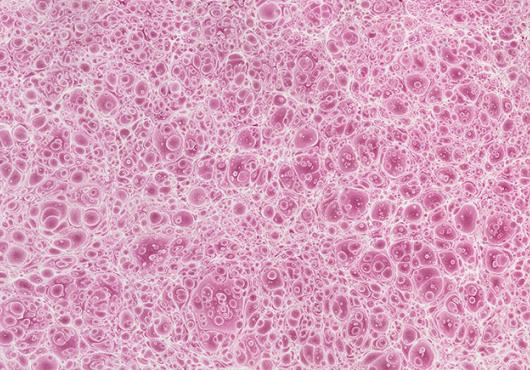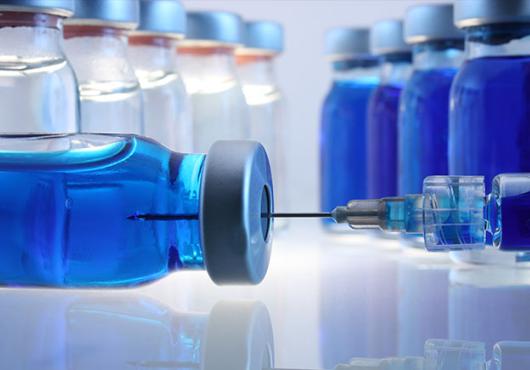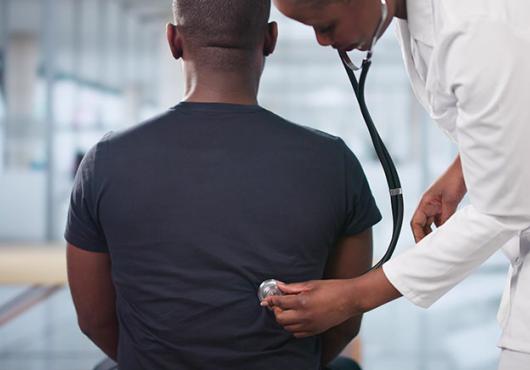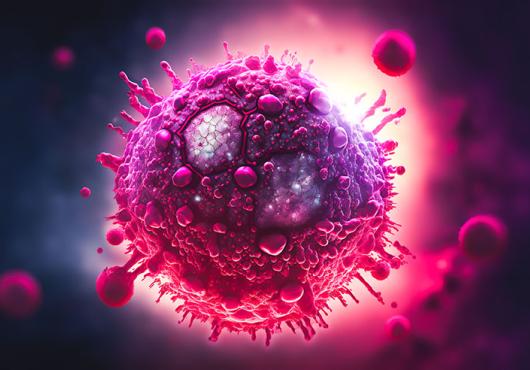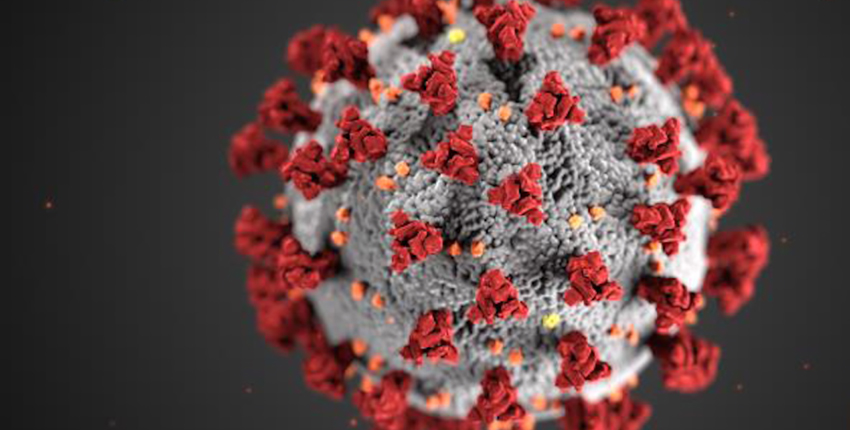
This article is part of Harvard Medical School’s continuing coverage of medicine, biomedical research, medical education, and policy related to the SARS-CoV-2 pandemic and the disease COVID-19.
What allows the variants of SARS-CoV-2 first detected in the UK, South Africa, and Brazil to spread so quickly? How can current COVID-19 vaccines better protect against them?
A new study led by researchers at Harvard Medical School and Boston Children’s Hospital helps answer these urgent questions.
The researchers focused on a genetic change shared by all three variants called the D614G mutation. It’s known to alter the genetic code of the SARS-CoV-2 spike protein by changing a single amino acid “letter.”
Senior author Bing Chen, HMS professor of pediatrics at Boston Children’s, and colleagues imaged the spikes with cryo-electron microscopy, or cryo-EM, at the Harvard Cryo-EM Center for Structural Biology. This technology allows researchers to analyze biological structures at near-atomic resolution.
The team found that the D614G mutation stabilizes the spike protein. This allows more spikes to bind to our cells’ ACE2 receptors, making the virus more infectious.
The findings, reported online March 16 in Science, suggest a straightforward way to improve COVID-19 vaccines. Since most of the vaccines so far—including the Moderna, Pfizer–BioNTech, Johnson & Johnson, and AstraZeneca vaccines—are based on the original spike protein, adding the D614G mutation could make the vaccines better able to elicit protective neutralizing antibodies against the viral variants, the authors say.

Preventing spikes’ shape change
To initiate an infection, spike proteins must bind to ACE2 receptors. The spikes then dramatically change shape, folding in on themselves. This enables the virus to fuse its membrane with our own cells’ membranes and get inside.
However, as Chen and colleagues reported in 2020, the spikes in the original SARS-CoV-2 sometimes prematurely change shape and fall apart before the virus can bind to cells. While this slows down the virus, the shape change also makes it harder for our immune system to contain it.
“Because the original spike protein would dissociate, it was not good enough to induce a strong neutralizing antibody response,” said Chen.
When Chen and colleagues imaged the mutant spike protein, they found that the D614G mutation stabilizes the spike by blocking the premature shape change.
Surprisingly, the mutated spikes bind less well to the ACE receptor, but the fact that they’re less apt to prematurely fall apart renders the virus more infectious overall, the researchers discovered.
“Say the original virus has 100 spikes,” Chen explained. “Because of the shape instability, you may have just 50 percent of them functional. In the G614 variants, you may have 90 percent that are functional. So even though they don’t bind as well, the chances are greater that you will have infection.”
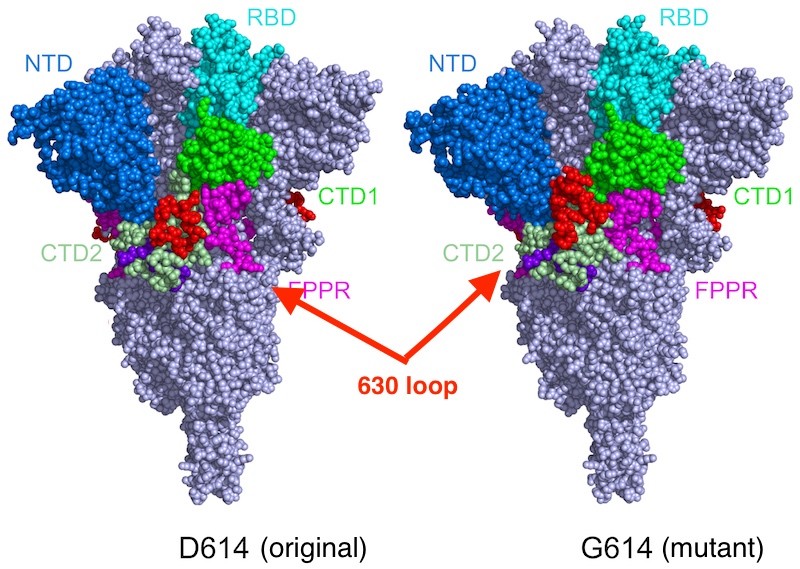
Future direction
Chen proposes that redesigned vaccines incorporate the code for this mutant spike protein. He believes the more stable spike shape should make any vaccine based on the spike more likely to elicit protective antibodies.
Chen also has his sights set on therapeutics. He and his colleagues are further applying structural biology to better understand how SARS-CoV-2 binds to the ACE2 receptor. That could point the way to drugs that would block the virus from gaining entry to our cells.
In January, the team showed that a structurally engineered decoy ACE2 protein binds to SARS-CoV-2 200 times more strongly than the body’s own ACE2. The decoy potently inhibited the virus in cell culture, suggesting it could be developed into an anti-COVID-19 treatment. Chen is now working to advance this research into animal models.
Jun Zhang and Yongfei Cai, both research fellows in pediatrics at HMS and Boston Children’s, are co-first authors of the study.
The work was funded by the National Institutes of Health (grants AI147884, AI147884-01A1S1, AI141002, and AI127193), the Massachusetts Consortium on Pathogen Readiness, and Emergent Ventures.
Adapted from a Boston Children’s blog post.
